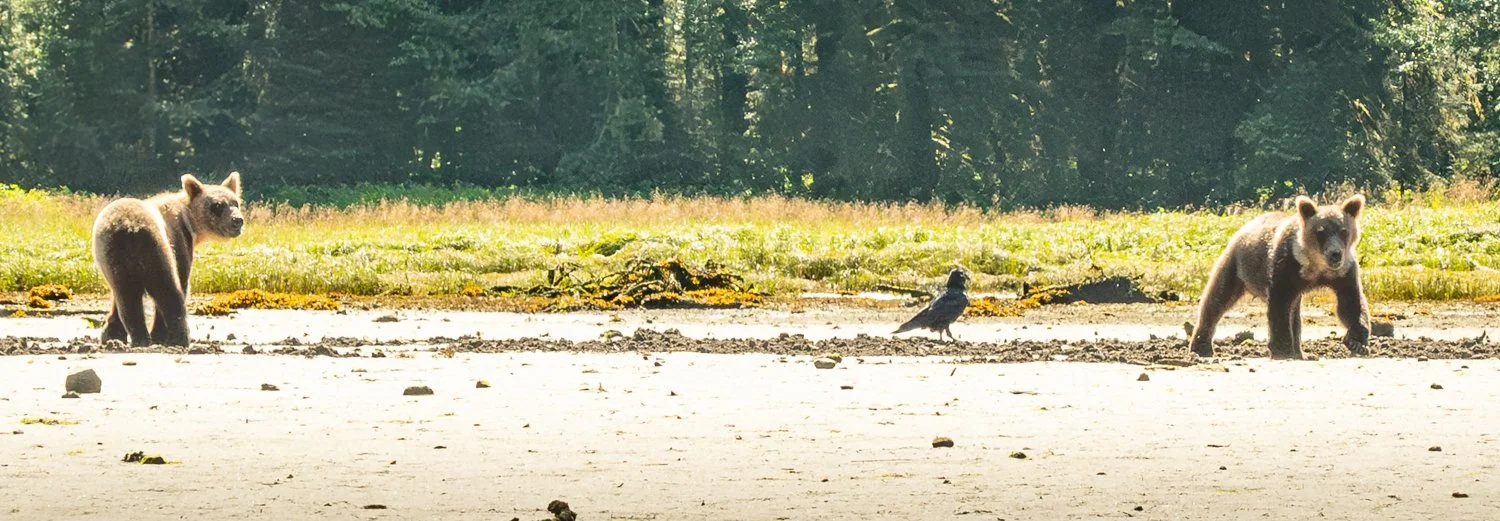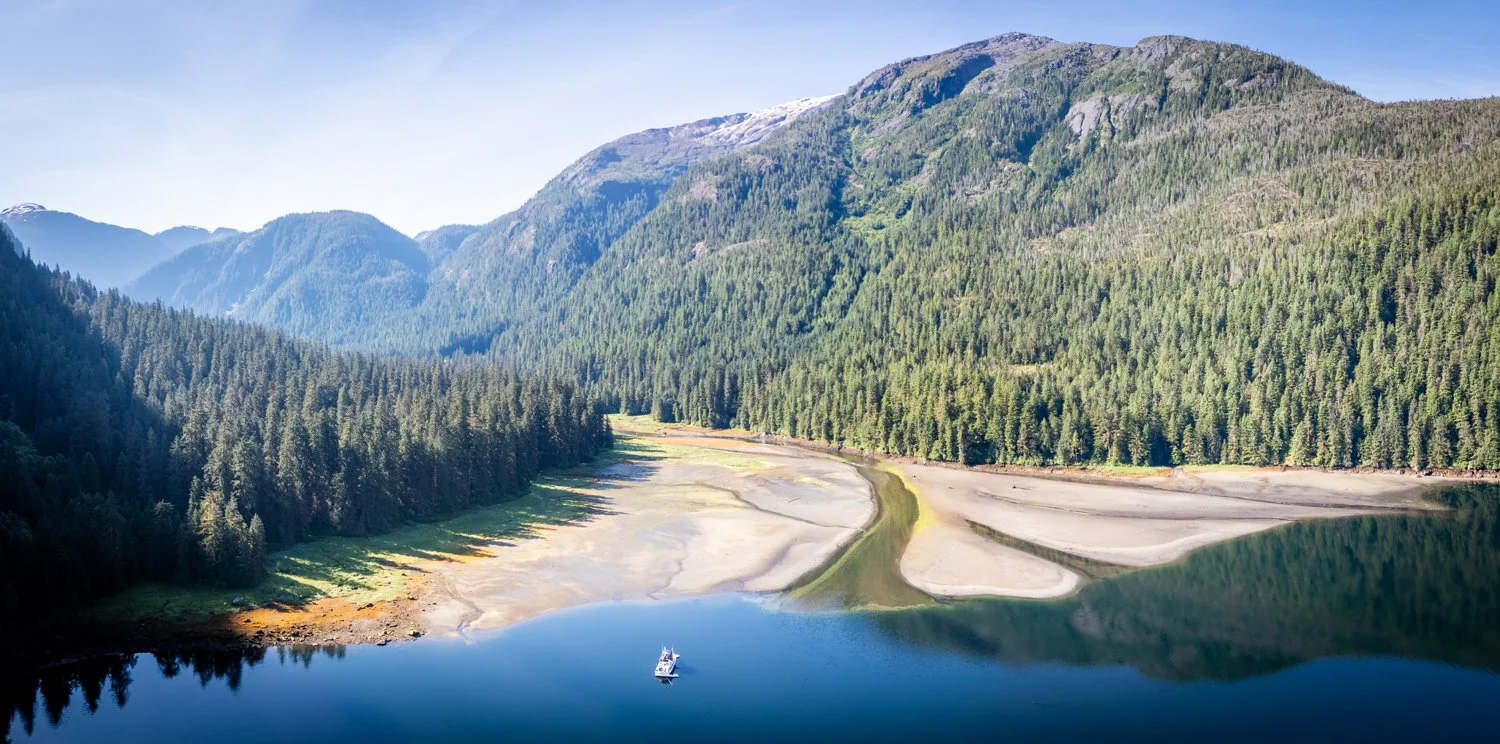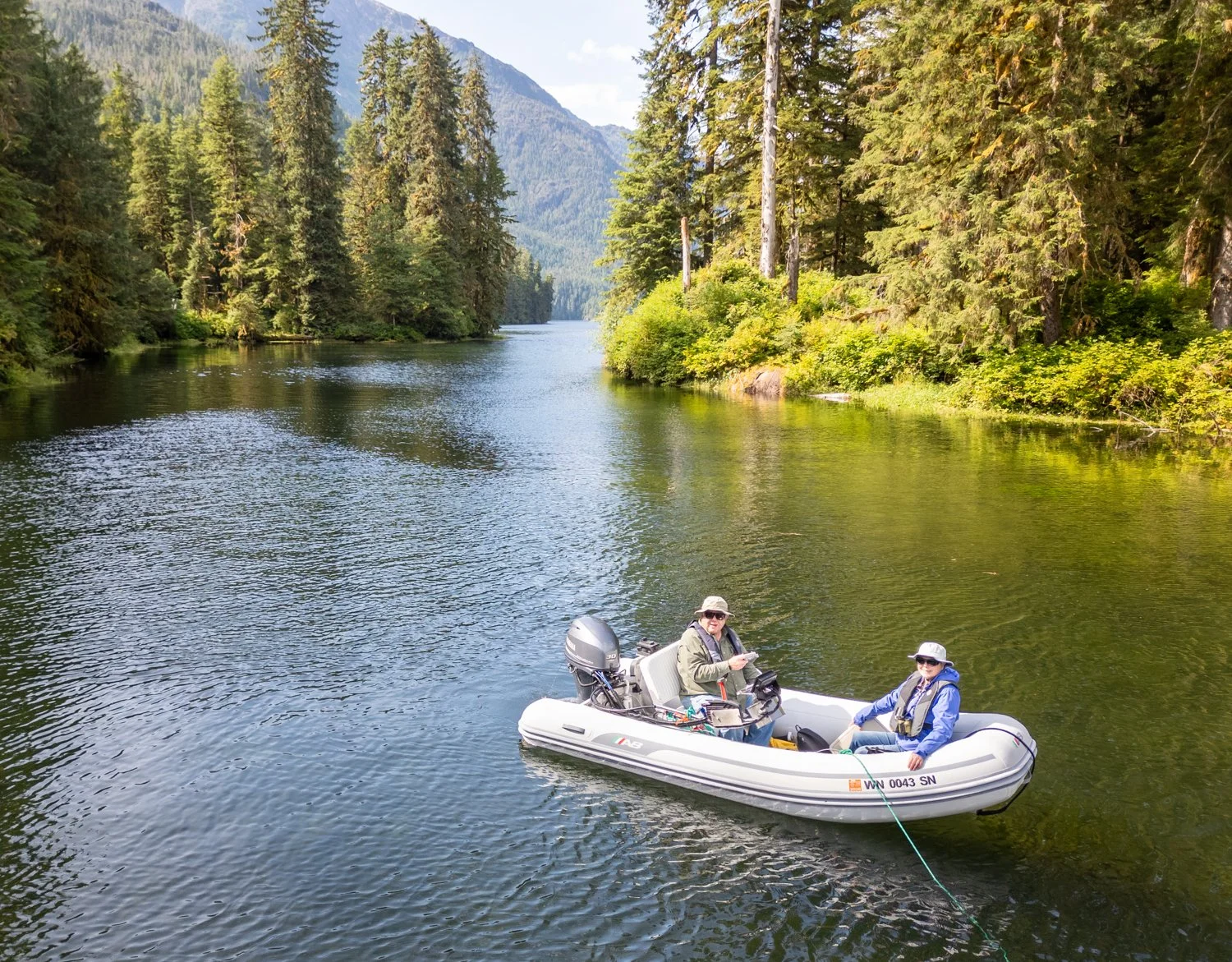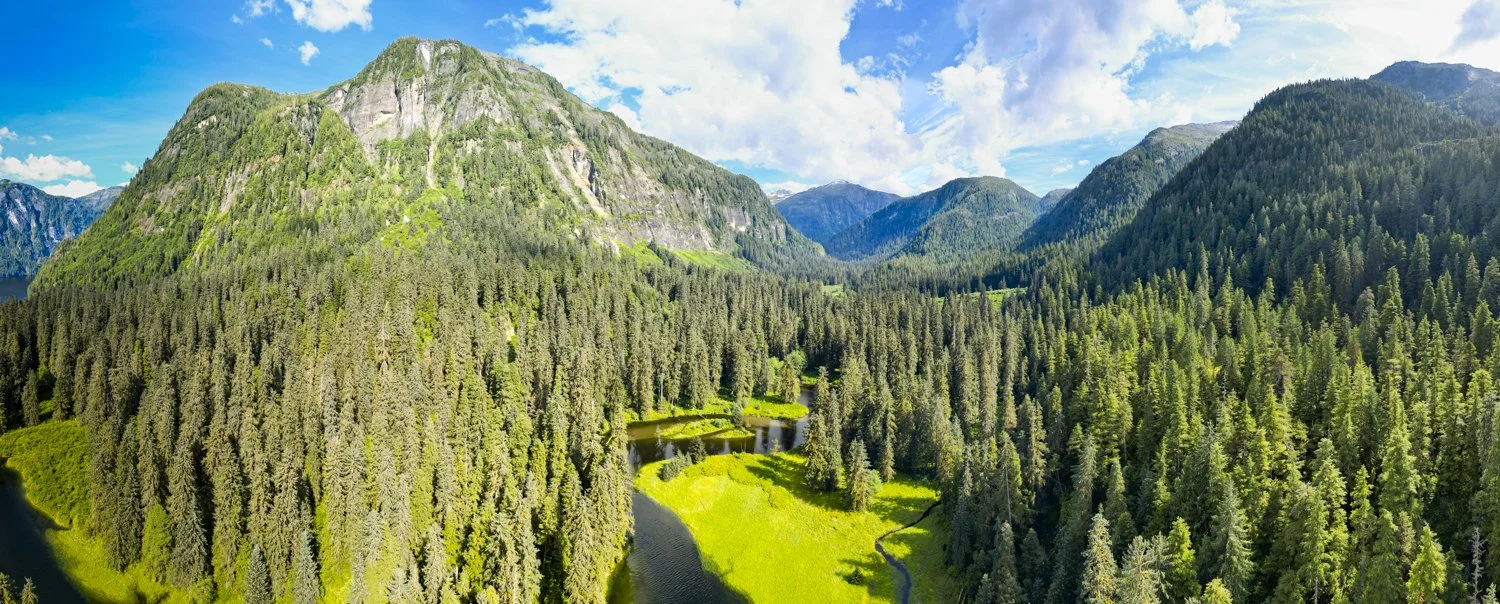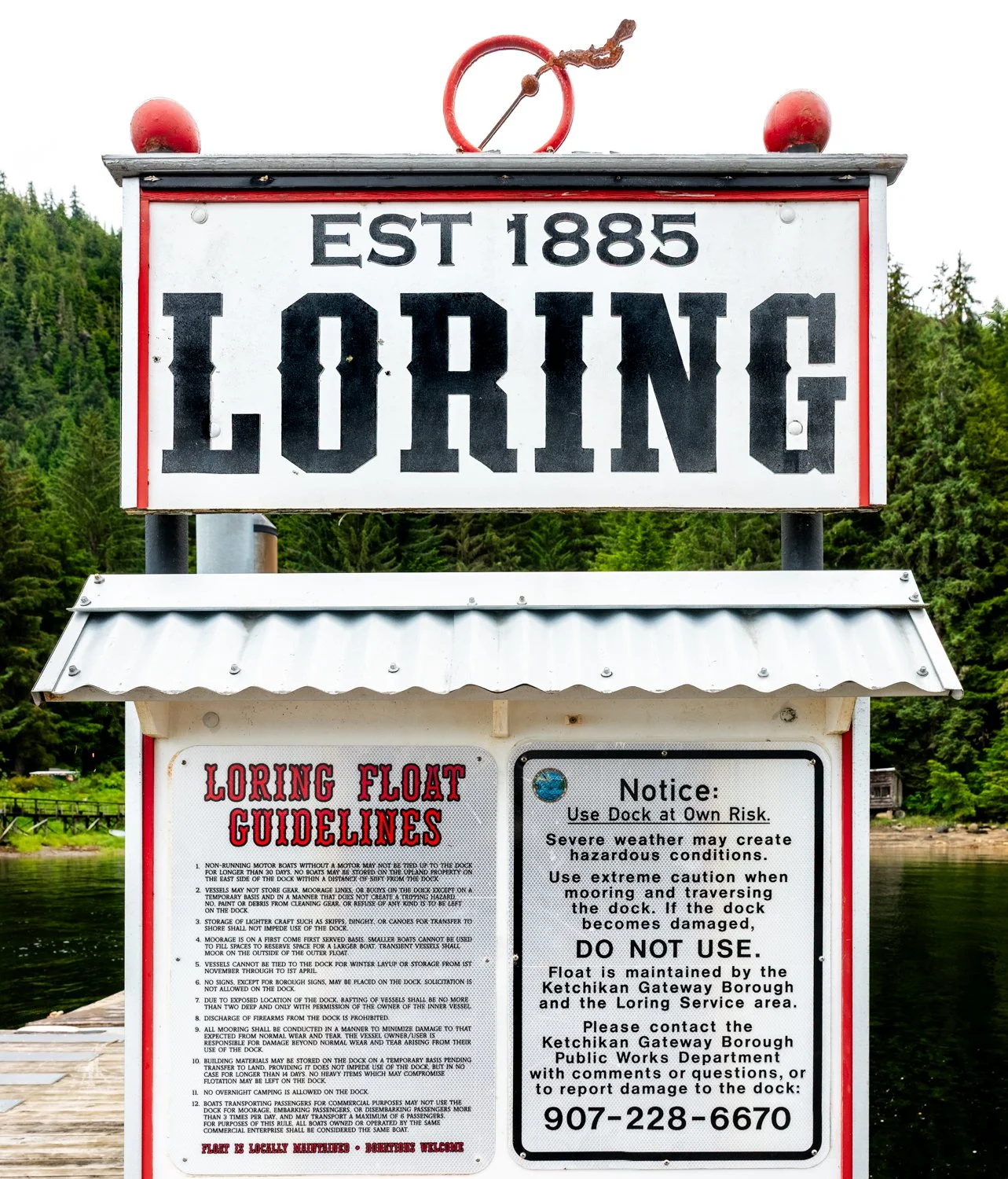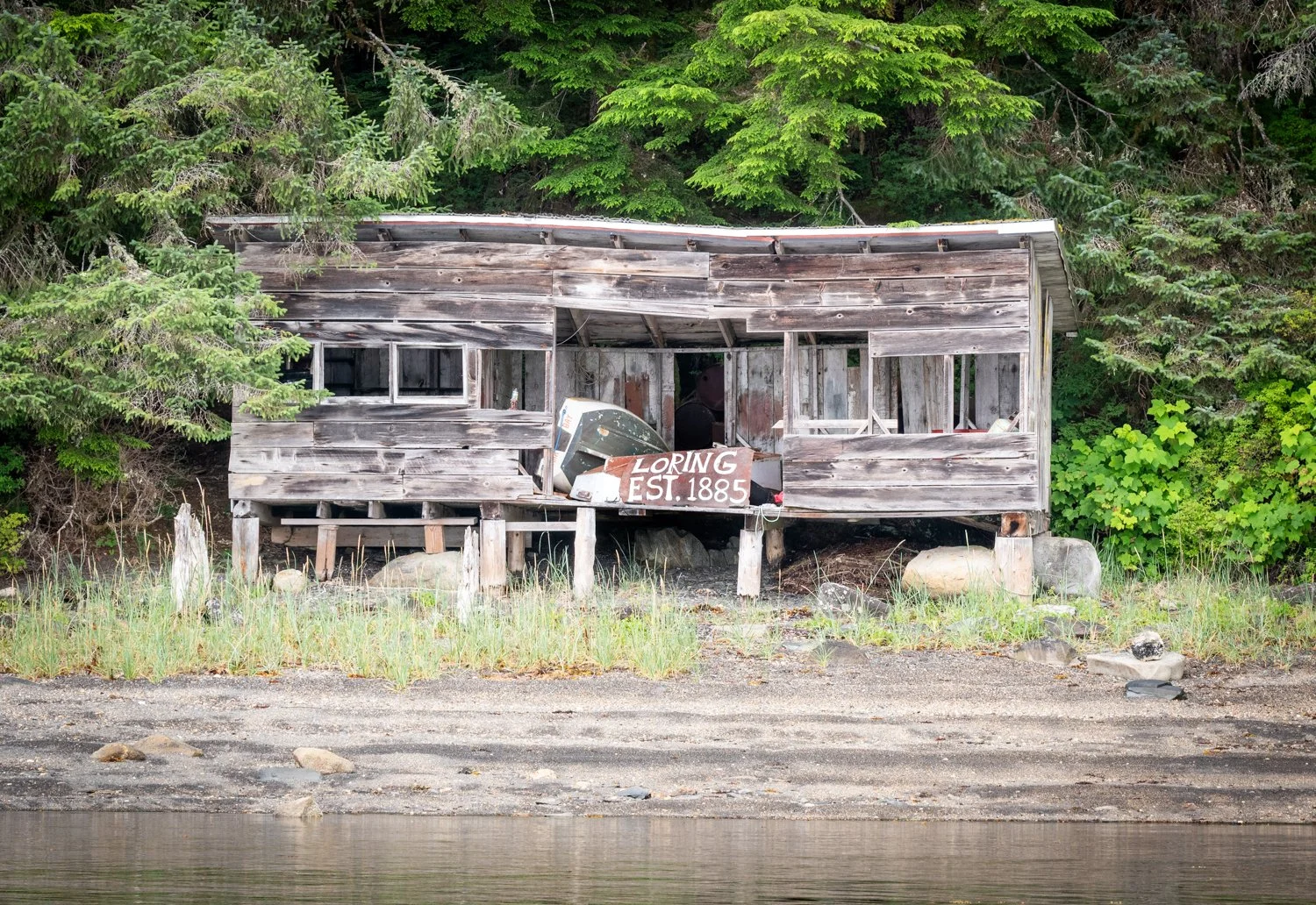Walker Cove, Lay Day
/Another glorious morning in Misty Fjords, perfect for a day of dinghy exploring. After breakfast, we set off for the head of Walker Cove before the winds picked up. The sheer granite walls and towering mountains made for jaw-dropping scenery, with waterfalls spilling down the cliffs as we worked our way into the two lobes at the head.
Karen’s sharp eyes spotted the day’s highlight—two young grizzlies working the shoreline, flipping rocks for snacks. They barely noticed us, so we drifted quietly and watched the show. Hard to imagine a wilder backdrop than this sweeping valley of stone and snowmelt.
Breakfast on the beach
the two cubs certainly have a beautiful home
We scouted both lobes with future anchorages in mind. One spot looked promising, though it would be wide open to fetch in the wrong conditions. Satisfied with the recon, we headed back to OceanFlyer to wait on the tide for our afternoon mission: running the river into Champagne Bight.
oceanflyer on the ball at walker cove
the river awaits our exploration
At 15.4 feet on Rudyerd Bay’s tide station, we squeezed into the river with just three feet under the dinghy. The river lived up to its name—subtle fizzing in the current really did look like champagne bubbles. When it shoaled, we dropped the dinghy anchor, launched the drone, and captured sweeping shots of this hidden valley.
the river that feeds into walker cove
sitting the flow of the river taking in all the beauty
the river weaves it way back into the valley
you can see the shoals that clealry from on high
on of our favorite things it to drop the dinghy’s anchor and just sit and enjoy
a view of one of the magnificant valleys you never see from sea level
While flying the drone and look back toward OceanFlyer I noticed a sailboat near our boat. By the time we returned, they had wandered down to the head, but not long after they reappeared and asked to raft up on our mooring. With one of their crew having dived this ball’s anchor in years past and confirming it solid, we welcomed them alongside.
The evening was peaceful: a grizzly patrolling the flats at low tide, the mountains glowing, and two boats gently swinging together in one of the most stunning places on earth. Tomorrow, we point the bow toward Punchbowl Cove.


